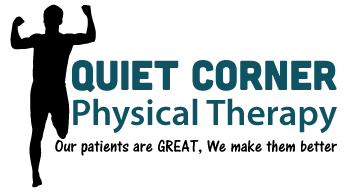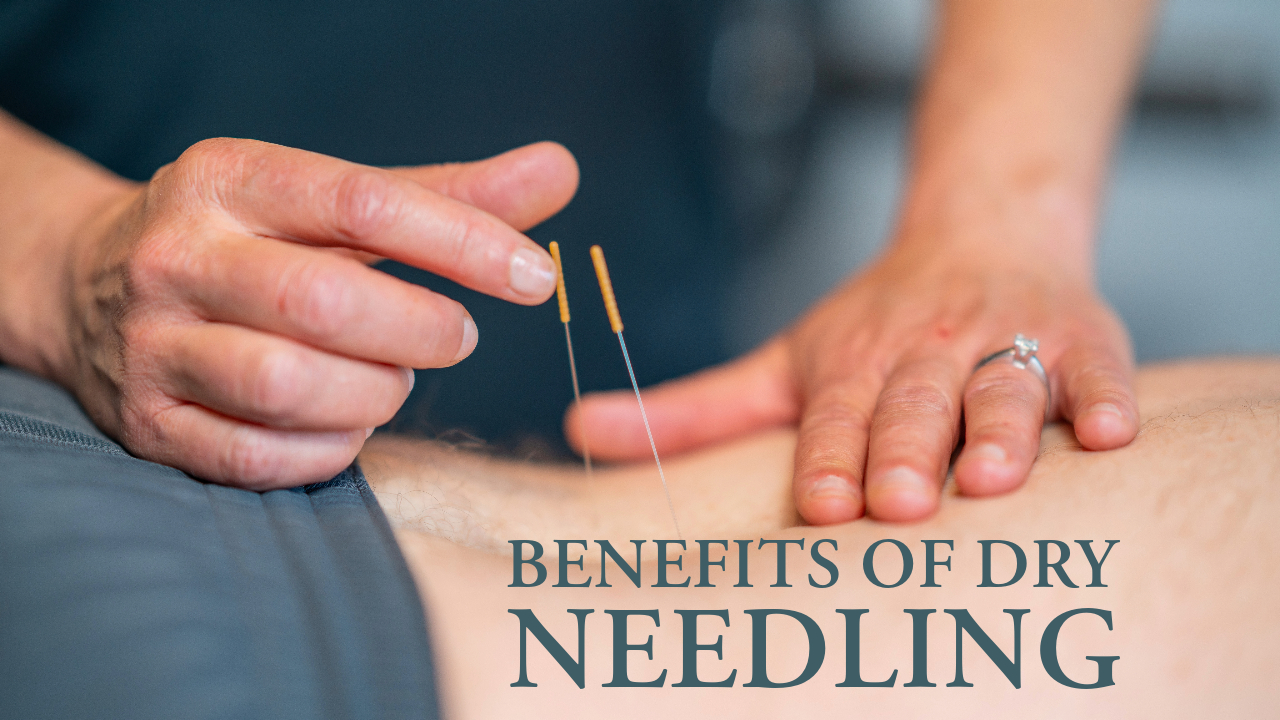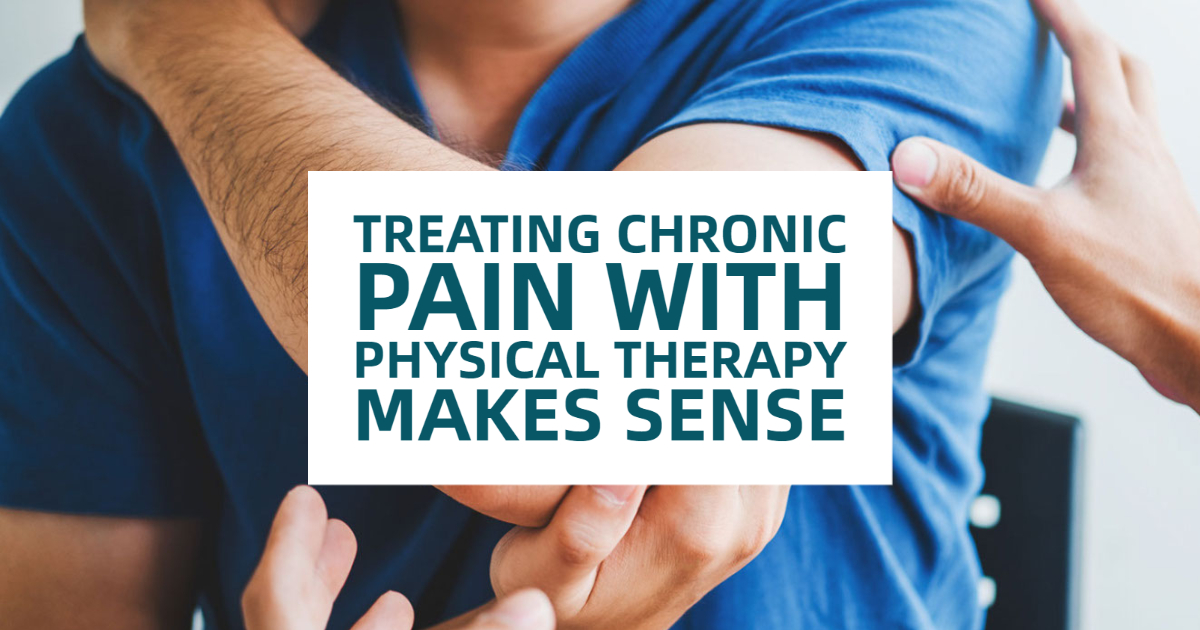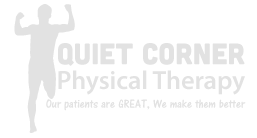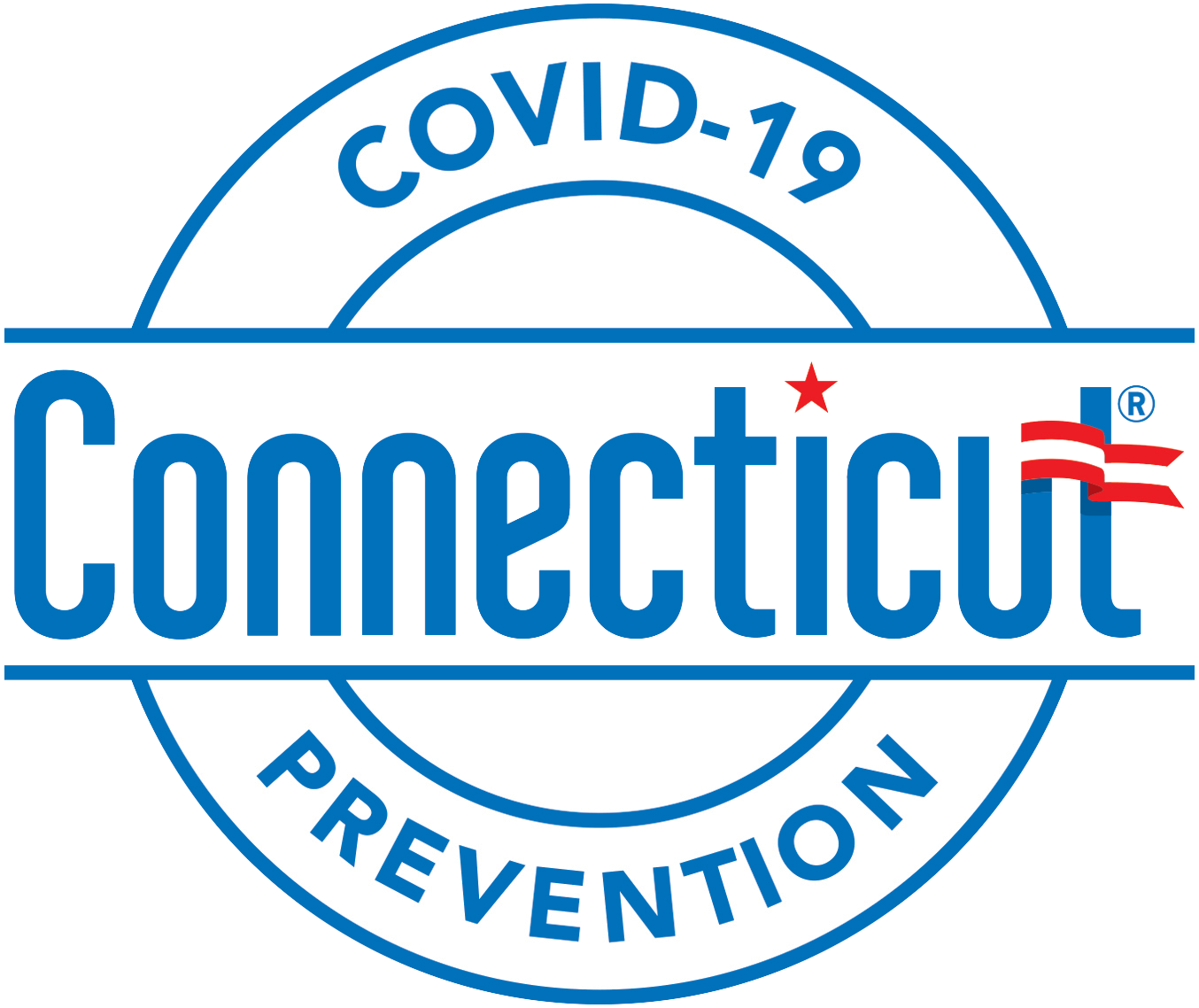
What is Dry Needling and How Can It Help Your Body?
Did you know that dry needling has been around for many years even though most people have never heard of it? So, what is dry needling? In essence, it’s an intramuscular manual therapy that utilizes a small needle in order to penetrate a trigger point in a muscle or multiple muscles that are tight. The purpose of the procedure is to make the muscle or muscles in question contract and then relax. The action of contracting and then relaxing releases the trigger point. When the trigger point is released, you’ll feel a significant decrease in pain and a great improvement in muscle performance and flexibility.
So, what is the trigger point? It’s basically increased tenderness within a band of muscle. Most people call them knots, as in I have a knot in my calf muscle. Trigger points can actually produce paint at the site of the knot or in other areas of your body. Many people are under the false impression that dry needling and acupuncture are the same thing. They are not. Dry needling usually requires a medical diagnosis and examination. The insertion of the needle is based 100% on the findings of that examination. In addition, dry needling is performed by a certified practitioner.
Patients should expect immediate results after treatment. On the other hand, acupuncture is an alternative medicine procedure that involves the insertion of multiple needles into the skin. The precise placement of these needles is not based on a medical examination. Instead, it’s based on an ancient Chinese philosophy. Acupuncture tends to have various results, and these results are not always immediate. Dry needling is an effective and perfectly safe way to relieve muscle-based pain and tension.
It can be used to treat a great deal of muscle related injuries including athletic injuries or strains, headaches, lower back pain, neck pain, and tendinitis. So, what should you expect? Of course, everyone is different. However, there are a few key characteristics that you can expect to feel during a dry needling session. For example, you may very well feel a dull, achy pain located at or near the treatment site. You should also expect to feel a sudden or sharp paint. Your muscle will twitch when the needle is inserted. In essence, the twitch is the signal that the trigger point within the muscle has been released.
Please contact our office today if you’d like more information about dry needling and how it can help you feel better physically or would like to set up an appointment on a day and time that’s convenient for you.
There are many things that make Quiet Corner Physical Therapy different. First and foremost, our dedicated staff is completely devoted to making your physical therapy experience as easy and enjoyable as possible. We pride ourselves on providing each and every one of our patients with industry leading individualized care and treatment plans. The number one concern of our compassionate staff is your well-being. Quiet Corner has the unique ability to utilize the most effective treatment techniques and services including cupping, paraffin, dry needling, mobility tools, E-stim, TENS, taping, traction, and joint/soft tissue mobilization just to name a few.
